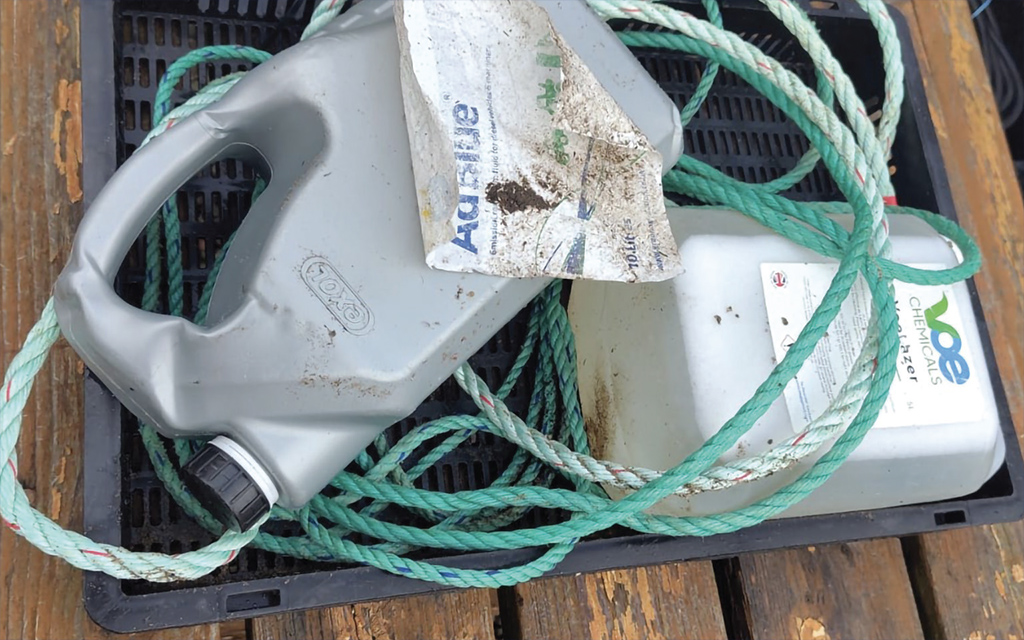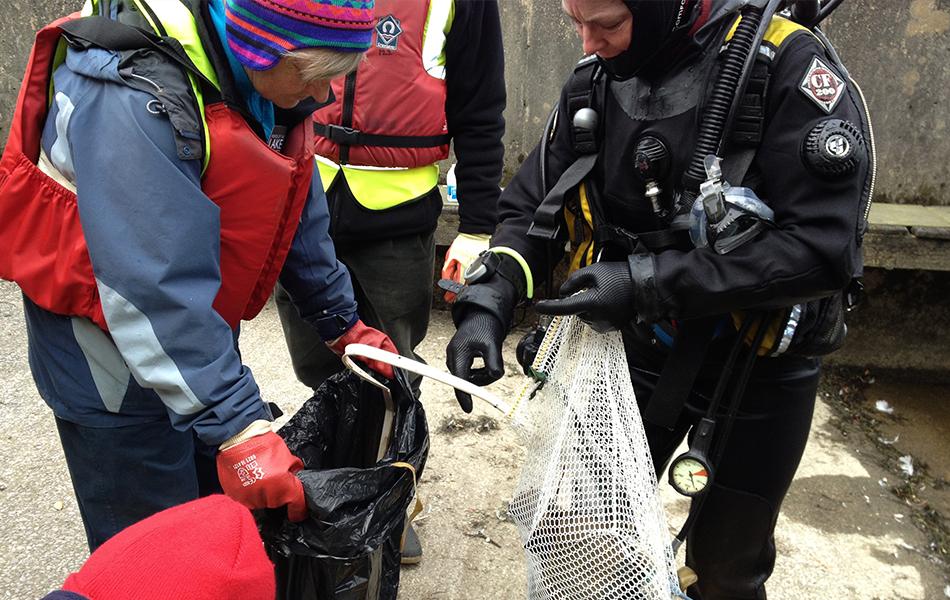
Kerry MacKay considers the aftermath of Storm Eowyn. Should the UK prepare for increasingly powerful weather events?
As I write, it is only four days since Storm Eowyn blasted the UK. Yes, we write our columns some time in advance of when you get to read our efforts! I hope you have recovered from any impact the storm had on you personally by now. However, let us not forget the havoc these storms wreak on our wider coastal landscapes.
I live near Oban, which was part of the Red Weather Warning zone. Thousands of us received an emergency alert on our phones highlighting the ‘Danger to Life’ storm risk. The storm was certainly exciting, but I’d say I got off pretty lightly. I had a power cut for around 15hrs, the greenhouse door smashed, I rescheduled a vet appointment to avoid driving anywhere on that day, and the internet died (including mobile data)
Across the country, however, the effects have indeed been far-reaching. There was widespread disruption and even deaths due to the storm. Falling trees caused deaths, as well as power cuts lasting for days, phone line damage, and rail and road closures. Flights were cancelled, and roofs were ripped off.
Perhaps less expected were the mountains of food that had to be discarded, as retailers impacted by power cuts had to dispose of cold and perishable stock. A cautionary example of how severe weather events can cause vast amounts of waste. Waste that will negatively impact our efforts to reduce greenhouse gas emissions when it ends up in landfills, producing the potent greenhouse gas methane.
Winds of over 100mph were recorded. The Independent called it a “Once in a generation storm”, and the MET Office said it was the strongest storm we’ve had in 10 years. However, climate scientists have long predicted an increase in the frequency and severity of storms as our planet warms due to climate change.
What inspired me to write about the storm in this SCUBA column was the impacts I have since witnessed on our beaches and coastline. Large volumes of seaweed and debris heaped up by the storm. Coastlines eroded, and sandy beaches now stripped to stones and rock. Even underwater you will notice changes in the topography of some of your favourite sites.
Changes I’ve observed locally include an entire tree floating around one of our regular spots. The popular Ganavan beach is now far from smooth and sandy. Boats caught in fences, seagrass and seaweeds ripped from the seabed, footpaths collapsing into the sea, hazardous litter, and reliable nooks and crannies for critters are scoured bare or buried entirely.
Things you can do to help:
- Make beach cleaning part of your normal diving activities. Spend your surface interval doing a clean. If you see some litter, pick it up and dispose of it properly.
- Talk to others about it, post on social media and raise awareness. If you have links to a local school or community group, offer to do a talk about diving and looking after our oceans. Kids love hearing tales from beneath the sea. You will gain serious ‘cool’ credits.
- Think and plan resiliently. Our world is changing, so what can you do to ensure you are ready? Can you cope without power for days? What would you need to make it tolerable?
- Advocate for policies that support environmental conservation and responsible waste management. We need systemic changes and scuba divers, as active stewards of the ocean, can be powerful voices in influencing such policies.
Let’s use our scuba diving superpower capabilities to look after our playground and help it recover after batterings like Storm Eowyn.
Article ‘Calm after the storm’ by Kerry MacKay first published in SCUBA magazine, Issue 154 April 2025.

 Author: Kerry MacKay | Posted 19 May 2025
Author: Kerry MacKay | Posted 19 May 2025



